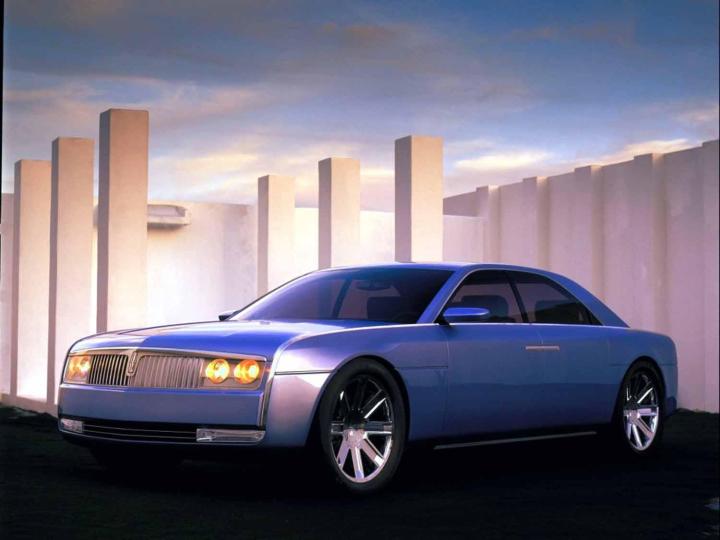
This is big news … and not just because we hadn’t yet heard of the ’16 Continental.
Harman has been working to create eerily quiet cabins by installing its sound-cancelling technology into cars. With this revelation, we now know it’s working to do more than alleviate road-caused white noise. It also wants to fill your cabin with high-def music as well.
As a car guy, I don’t know much about Pono or high-def audio. So rather than fake the funk, let me have Ryan Waniata from the Digital Trends Home Theater section explain its significance.

For those unfamiliar, the PonoPlayer is Neil Young’s pyramid-shaped, high-resolution portable music player that has only recently made its way from myth to reality after earning an astonishing $6 million and change on Kickstarter. The player incorporates premium audio components, and high resolution audio files called FLAC files, which offer digital resolution far above CD-quality sound.
Perhaps most interesting, though, is the idea that the PonoPlayer’s hi-res music will go hand in hand with Harman’s noise cancelling tech, not only giving users a silent ride, but a cabin that is specifically enhanced to allow the driver to enjoy the precise detail and greater dynamic range afforded by hi-res music. We can only hope the rest of the system components will be up to snuff as well.
While we’re simply speculating at this point, we can imagine that Harman will install Pono’s high-def audio hardware into its in-car sound systems. Together with onboard LTE Wi-Fi, we can imagine owners will also be able to download tracks from the Pono music store directly to their car.
We’ll be sure to stay on top of this story, so check back soon for more details.


